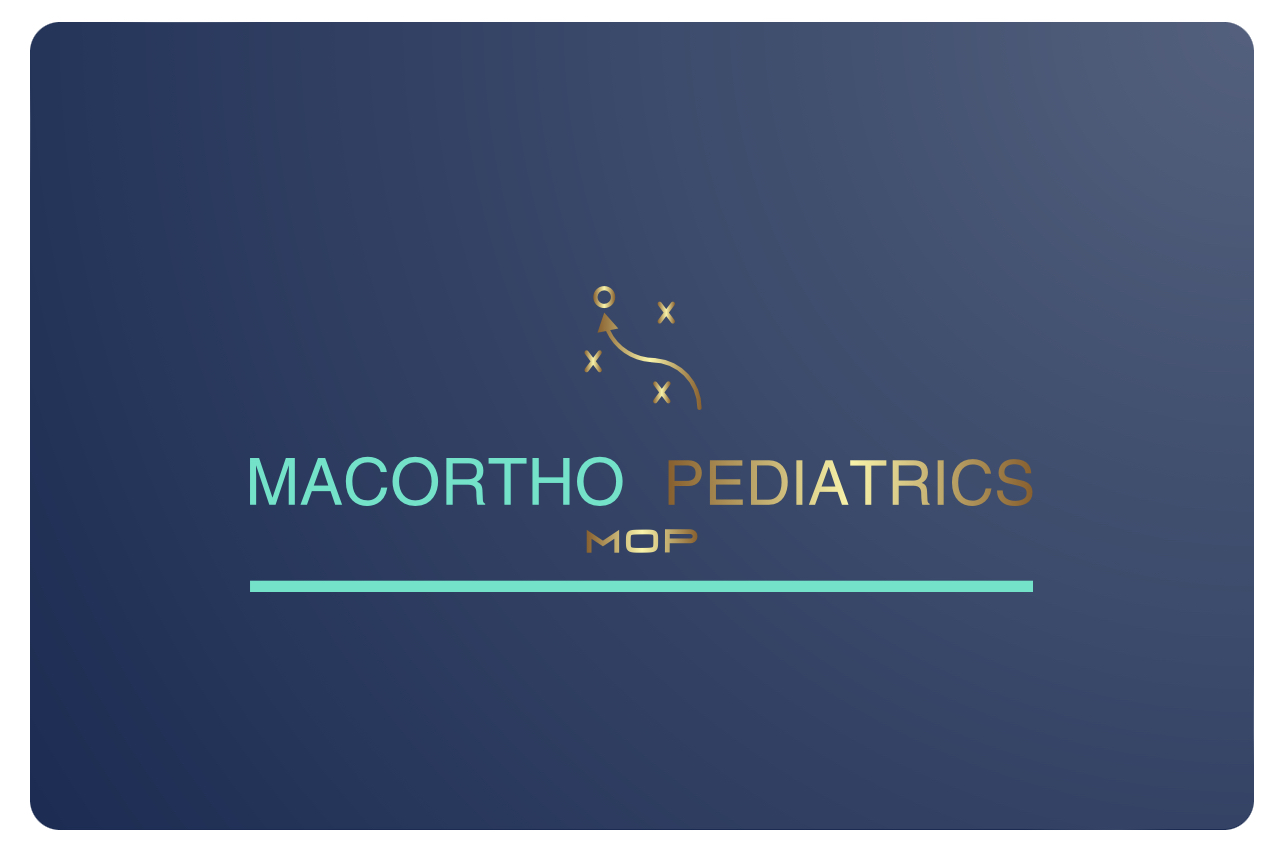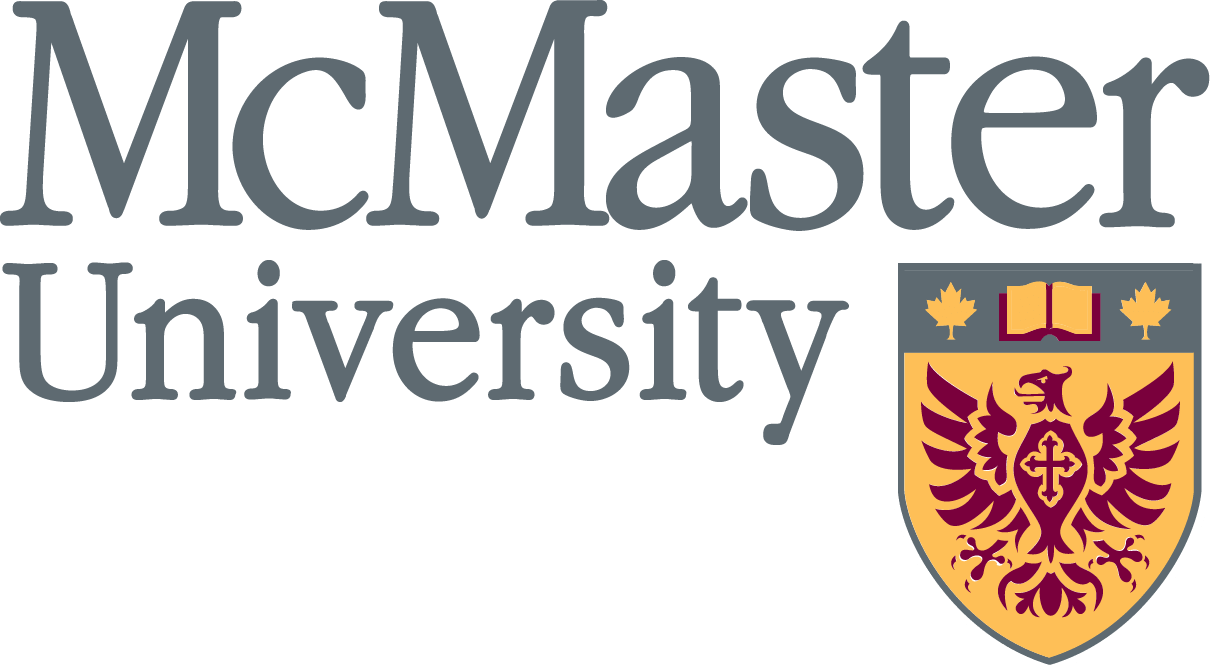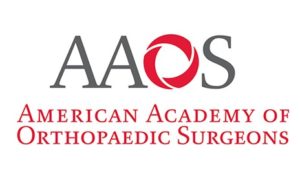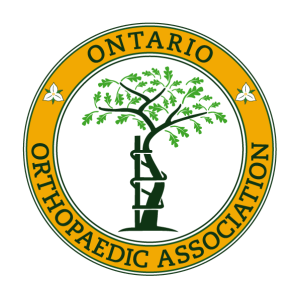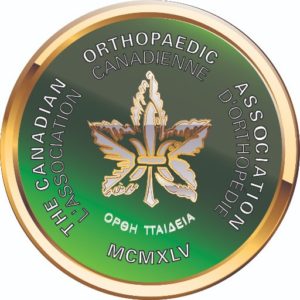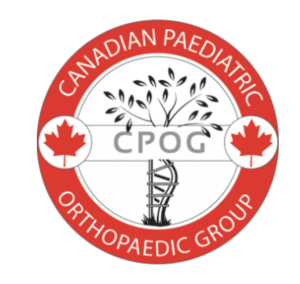Updates in the Surgical Management of Recurrent Clubfoot Deformity: a Scoping Review
Karim Gaber, Basit Mir, Mohammed Shehab & Waleed Kishta
 Current Reviews in Musculoskeletal Medicine
Current Reviews in Musculoskeletal MedicineAbstract
Purpose of Review
This article focuses on the current advances in surgical management for clubfoot deformity, supported by up-to-date longitudinal studies on each approach.
Recent Findings
Long-term analysis following primary and repeated soft tissue releases has demonstrated good results in young patients with low relapse rates. Tibialis anterior transfer following the Ponseti method shows no difference in long-term pedographic analysis in comparison to the Ponseti method alone. Furthermore, tibialis anterior transfer following surgical relapses provides good long-term results with improved correction in talus-first metatarsal angle. Bony osteotomies may also play a role in addressing surgical relapses in older children. However, talar neck osteotomy may result in avascular necrosis of the talar dome. Hexapod external fixation may be considered by experienced surgeons to correct rigid clubfoot deformities in older patients with good long-term results and drastic improvements in pain perception. Long-term analysis of anterior distal tibial epiphysiodesis (ADTE) for recurrent equinus deformity following surgical correction has demonstrated statistical improvements in the anterior distal tibial angle (ADTA) and ankle dorsiflexion. Talectomy and naviculectomy are rarely used in today’s practice as long-term studies have demonstrated high relapse rates and residual pain impeding patient mobility.
Summary
Surgical correction following failure of the conservative approaches can be implemented to achieve full correction in clubfoot deformity. It is difficult to achieve a plantigrade feet with pain-free gait with repeated surgical interventions. Therefore, proper choice of the initial surgical technique is essential for achieving satisfactory long-term outcomes.
